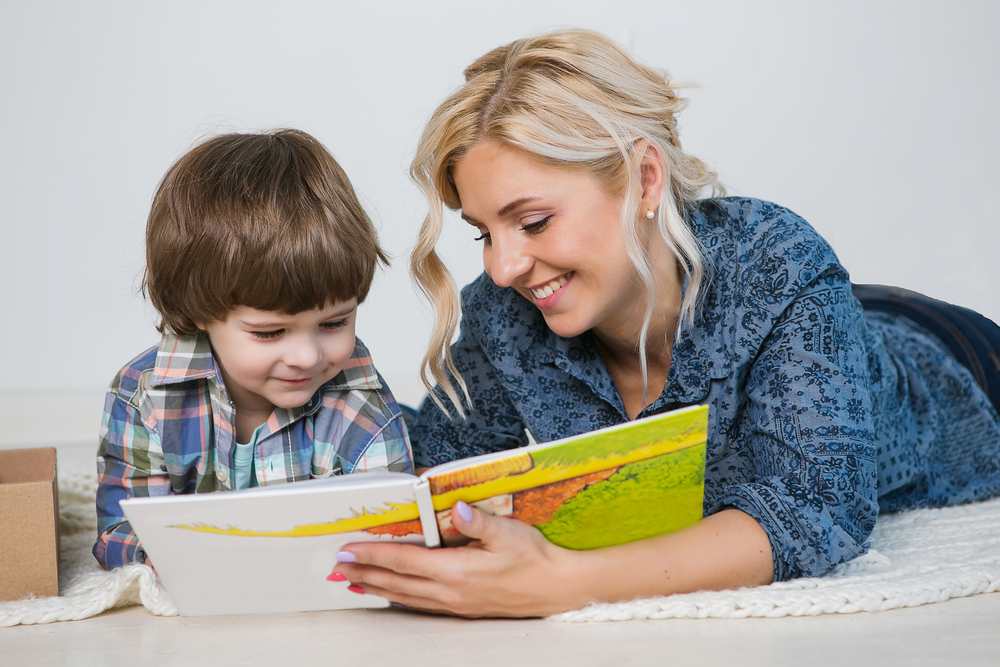
Ideally, a child’s reading ability should grow throughout the school year. To ensure that students are meeting appropriate literacy benchmarks and making consistent gains, school districts might utilize regular standardized reading tests to capture each child’s reading data.
Parents might not see all of these reading reports, but that doesn’t mean that parents should be in the dark about their child’s reading ability. A free online reading level assessment tool from Readability gauges reading ability in a minute and provides parents with a better picture of their child’s reading level. What does this assessment tool reveal, though? In one quick assessment, parents can understand data related to:
- Reading level
- Comprehension ability
- Tips to improve reading
Where is the Assessment Tool?
A free tool that helps assess reading levels and a child’s reading comprehension might seem too good to be true. However, this information is available and it’s free and simple for parents to access. The assessment is quick and children can complete it in less than one minute.
Parents can access the free reading assessment via Readability. To use the tool, a computer, tablet or smartphone with a microphone is required. How does it work? There are three online steps to the assessment!
First, parents need to select their child’s grade level. This is necessary to understand if the child is reading at, above or below grade level. Just choose the child’s current grade level to begin.
Children will then be prompted to read aloud a section of text that appears on the screen. Parents should make sure that children are taking the assessment in a quiet space and that the microphone is turned on. As the child reads aloud, their reading ability is assessed for fluency and comprehension. This step of the assessment only takes one minute.
After children complete the read aloud passage, parents receive a report that includes their child’s reading level and other data. In addition, the report offers guidance and tips for parents on how to help their child with reading at home.

Who Can Use Readability’s Assessment Tool?
Anyone can access Readability’s online reading assessment tool, and it’s free to use. However, as Readability is designed for children in grades kindergarten through fifth grade, the assessment also is designed for these grade levels.
In addition, the report generated after the assessment is free for parents. There is no cost associated with receiving a reading level analysis via Readability.
How Can Parents Use the Reading Data from the Assessment Tool?
Parents who want to know their child’s reading level and how it correlates to grade-level benchmarks and expectations might already have data from school-related assessments. Readability’s free tool can be used throughout the year to understand a child’s reading level at any point.
Sometimes a child’s reading score could fall when they participate in regular assessments via computer-based reading programs at school. However, sometimes a lower score is due to a child not feeling well or just having an off day. A trending pattern of low reading scores, though, could indicate an issue.
If parents suspect that a child might be struggling but they don’t have any current reading level data for their child, using the free assessment tool could be helpful. Readability’s tool can provide a snapshot of the child’s current reading abilities and also help parents understand how to provide help at home.

After the Assessment
Once parents read their child’s reading assessment report they can take next steps to facilitate their child’s reading journey. The report could show that the child is reading at grade level. Parents might simply encourage their child to continue to read regularly and choose books at the appropriate reading level.
For children who are reading below grade-level expectations, parents can use the tips from the report to help their child. In addition, parents also can explore using the Readability program to help their child gain proficiency and boost their reading level.
Readability can be used for children in kindergarten through sixth grade. The program helps children who struggle with decoding and/or comprehension. Like the reading assessment tool, Readability requires children to read aloud. At each reading level, children have access to a library of books (both fiction and nonfiction). Children take a comprehension quiz after they complete each book.
How does Readability help struggling readers? The program is incorporated with an AI reading tutor that is programmed with voice-recognition. The tutor learns the child’s voice and can understand if the child has difficulty with sounding out a word during lessons. In addition, the tutor leads the comprehension quiz at the end of each book. As the child reads aloud, the tutor also assesses the child’s reading fluency; this is measured in words read per minute (less mistakes).
The comprehension quiz is designed to help children learn how to develop strategies that can enhance their understanding. If a child answers a question incorrectly, the tutor shows the child a section from the book that provides clues and reads the section aloud. The child is provided with another opportunity to answer the question. In this way, the program encourages children to learn how to re-read portions that might be confusing. Re-reading is a strategy that all readers can utilize if they are distracted, confused or simply need to review the previous events in a book.
As word recognition and vocabulary also can impact the comprehension of text, Readability also encourages children to strengthen their word knowledge during every lesson. Each book includes a list of vocabulary words, and children also can tap any word in the story to hear the definition or listen to the word used in a sentence.
Listen and Read to Boost Comprehension
Some children are auditory learners; this means that they learn best through listening (or hearing). For children who learn this way, Readability also provides a Storytime feature that lets children hear their favorite Readability books as they follow along.
For young readers, hearing a story read aloud can help them better understand emotion and the context of the story. While listening to a story shouldn’t take the place of encouraging children to read aloud or read independently, listening to a book can complement the reading journey and aid in the learning process.
At home, parents can utilize audiobooks to help children who are auditory learners. Many public libraries offer audiobooks for popular children’s titles. In addition, the app Audible offers access to many audiobooks (and podcasts, too). However, Audible requires a subscription and books also might have a price for purchase, too.
Listening to stories also can help children explore books beyond their reading ability. For children who struggle to read at grade level, audiobooks can allow them to enjoy the same books as their friends.
Using a Reading Program at Home
Readability can help children gain reading confidence and proficiency, and children who use Readability could find that they are enjoying books as they gain confidence and boost their reading level. When using Readability, parents can continue to read aloud to children and encourage children to read independently, too.
The more a child reads and the more they are exposed to new books, stories and words, the more they can expand their mind and their reading interests. Encourage children to take the reading assessment to discover their reading level and to find ways to help them with reading at home. Parents can sign up for a free seven-day trial of Readability to explore how the program can help their child gain proficiency and how the reading tutor can guide the reading adventure.

 Español
Español